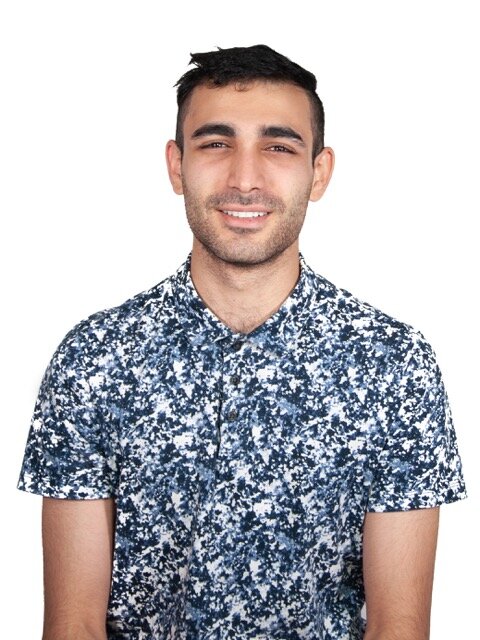
Presenter - Nader Sadoughi

Nader Sadoughi, Author
Afternoon Breakout Session
CIELAB: A Solution to the Crisis in Color Education
Critical discussion in color is in crisis. With current training in art and design schools, most creatives lack basic fluency in communicating desired results in color in terms of its perceptual attributes, leading to disjointed conclusions. With the color system called CIELAB, perceptual attributes such as chroma, lightness, and hue are not vague terms, but specific characteristics with values that can be altered and optimized by trained creatives to create the work of the next generation. CIELAB, originally recommended by the CIE in 1976, was embraced by industry and has been used for close to half a century so far, and never even formally discussed amongst creatives, the majority of whom are unaware of its existence. CIELAB, when presented in a simple manner, gives creatives a never before seen ability to discuss their perception of color in a straightforward manner. For example, with proper training in CIELAB, Josef Albers' vibrating boundaries can be achieved in under 30 seconds, rather than requiring hours of work. Further, CIELAB can be used by UX/UI designers to apply psychological research to create designs more accessible to users with disabilities. With this training, artists and designers are able to precisely communicate desired changes when collaborating, removing vague feedback from the equation. CIELAB is both a tool, and a language. As a tool, it aids one in executing their intentions more precisely than other color systems. As a language, it gives creatives the ability to critically discuss a set of characteristics with specific criteria, as numerical values. The beauty of numerically analyzing color with CIELAB is that users can then enter the territory of the qualitative aspects of color—how it feels. The relationships between these numerical values can be identified and analyzed, allowing us to see the roots beneath the emergent subjective experiences.
Bio
Nader Sadoughi is a BFA Design student at The University of Texas at Austin who is passionate about rationalizing color. He has guest lectured numerous times at UT on the importance of using CIELAB both in design/art education, and in practice. He is in the process of writing a book on critical color thinking, using CIELAB as a means of conversing about color that has yet to be seen in critical literature. Nader believes that anyone, if they take the time to learn, is capable of becoming fluent in numerically describing color—regardless of their scientific background—and that it can be influential even for people who don't work with digital media. By using a universal numerical language of color to communicate, Nader believes that we can confront dated assumptions in color theory with a 21st century approach.